strength comes from your back, arms and shoulders. You don't support yourself with a knee or hip kick to help you get up easier. You then initiate the eccentric movement and lower yourself in a controlled manner until you are back in the starting position. This is a repetition.
One of the following mistakes can be the reasons why you can't increase the number of your pull-up repetitions.
1st mistake: Incorrect execution

The correct execution of pull-ups is enormously important. Your health comes first. Incorrect technique or execution can quickly lead to an incorrect load in the shoulder, elbow or back, which can lead to inflammation or injury if repeated. An injury means a break in training, during which you will not make any progress in your pull-up training.
For this reason, deal with the correct execution, take a step back if necessary and work on the technique to create a solid base. You can then build your training on this foundation and make sustainable progress. If you have a problem with technique analysis and exercise selection, hire someone to look over your technique once or twice and get you on the right track.
Here is a video from calimove on the perfect pull-up execution:
To practice the execution in a controlled manner in the beginning, even if you can't do any or very few pull-ups yet, pull-up bands are ideal. They support you during the pull-up and relieve you of body weight, so that you can fully concentrate on the execution. They come in four different strengths depending on your level.
To our pull-up bands!
[product="P-00095"]
2nd mistake: No goal-oriented training

If you haven't designed your workout to get better at pull-ups, you won't make progress. You do pull-ups every now and then at the beginning or at the end of your workout? You do a few sets of pull-ups, each time as much as go and each time into muscle failure? Then I can tell you, you will make no progress or very slow progress. Start structuring and documenting your workouts. Write yourself a pull-up-up training plan that is clearly designed to meet your training goals.
3rd mistake: No patience

Progress takes too long for you? You want to do five more pull-ups tomorrow than you did today? Then you must learn to be patient, because your body needs time to get used to new loads. It takes time to get stronger. Your ligaments, tendons and joints need time to adapt to the new loads.
If you don't give them the time they need and try to do more pull-ups by hook or by crook, it won't be long before your body starts to tell you in the form of pain.If you ignore this, sooner or later you will injure yourself and have to take a break. A break means no training and no training means no progress! For this reason, give your body the time it needs to adapt to the new load. The basic requirement for this is a goal-oriented training system.
4th mistake: No regular training

To make continuous progress in your pull-up training, you need to do something for it regularly. Regularly does not mean once a month or once every two weeks. Regular training means training at least 2-3 times a week with a goal in mind. If you are training at an advanced level, you should train at least 4 times a week to keep progressing in your training. If you have trouble training regularly, start with one workout a week and see if you can do that every week. Once that is no longer a challenge for you, you can incorporate a second workout day per week... And so on. Training should not be a burden for you, it should be fun! As soon as you have achieved this, you will have no problem going to the gym.
5th mistake: Too much body weight (unfunctional mass)

The more you put on the scale, the more you have to pull up with every pull-up, that's logical. It depends on how much non-functional mass you have on your body. A high body fat percentage is an indication that you probably have a few unnecessary kilos on your ribs, which make every pull-up harder for you. If you want to change that, you should take a look at your diet. We've written a great article on nutrition that describes how you need to change your diet in order to gain or lose weight.
6th mistake: Too little grip strength

Another reason why you can't do more pull-ups is lack of grip strength. Even if you have the strength to do a few pull-ups, but it fails because you can't hold onto the bar, you won't make progress because you're not reaching your potential. This means you need to work on your grip strength. To do this, you can include 2-3 sets after each workout where you hang on the bar for as long as possible.
Another option is to hang a towel around a bar and hold on to the two ends and hang down. You should also do this for 2-3 sets after the workout. The important thing is that you do this after the workout so that you don't pre-fatigue yourself for other exercises. We have also written an extra blog article that gives you helpful tips for more grip strength on the pull-up bar.

In addition, tools such as Liquid Chalk or grip pads offer you an additional perfect grip during training.
To our Liquid Chalk!
[product="P-00301"]
7th mistake: Kipping Pullups

Avoid kicking and tipping movements to increase the number of repetitions you do. If you intuitively start kicking or kipping with your legs, it's a sign that you're too weak to do strict pull-ups. Film yourself trying and analyze where and when you start to tilt. Are you having trouble getting out of the deadhang or are you failing more at getting your chin over the bar? Once you can answer these questions, you should choose specific exercises that address your weaknesses so you can get better at them and increase the number of pull-ups you do.
8th mistake: You always train according to the same pattern

You've been training the same pattern for months or years and nothing is happening? You just don't make any progress in your training? Then you should definitely change the training scheme you use. You should start periodizing your training, work with deloads, adapt the exercises to your goals. Work with assistance exercises. Look for exercises that will eliminate your weaknesses and make them your strengths.
With that in mind, analyze your workouts and find the mistakes why you're not making progress in your pull-up workouts. Feel free to write us in the comments what mistakes you have made so far.
Sporty greetings,
Your Pullup & Dip Team
Are you looking for a suitable pull-up bar? We at Pullup & Dip offer you various high quality and unique pull-up bars. Go check them out now!
Recommended articles:
How to achieve 20 pull-ups in a row - 7 tips
Pull-Ups VS Chin-Ups: How Are They Different and Which is Better?
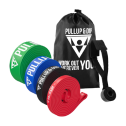
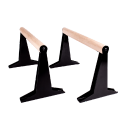
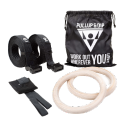

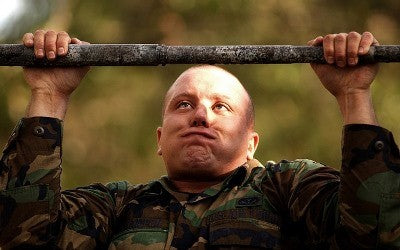


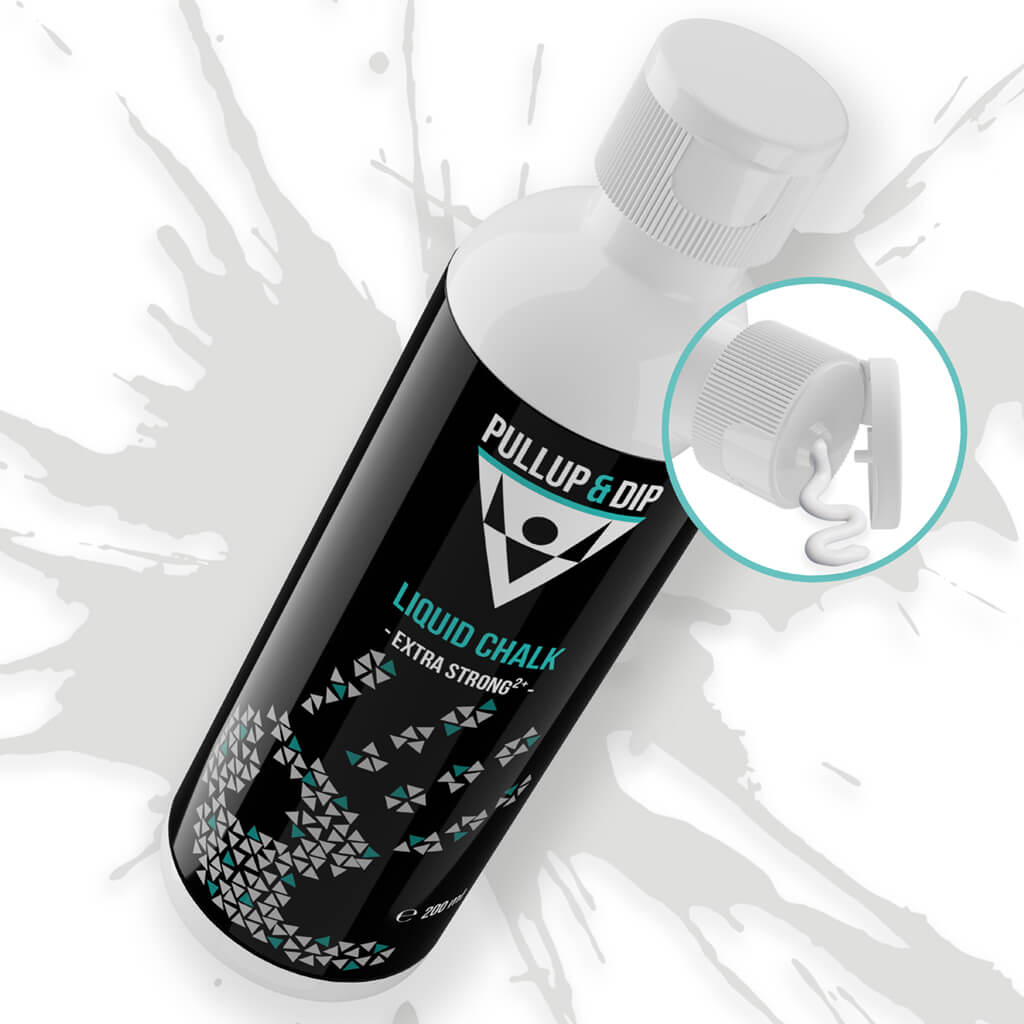
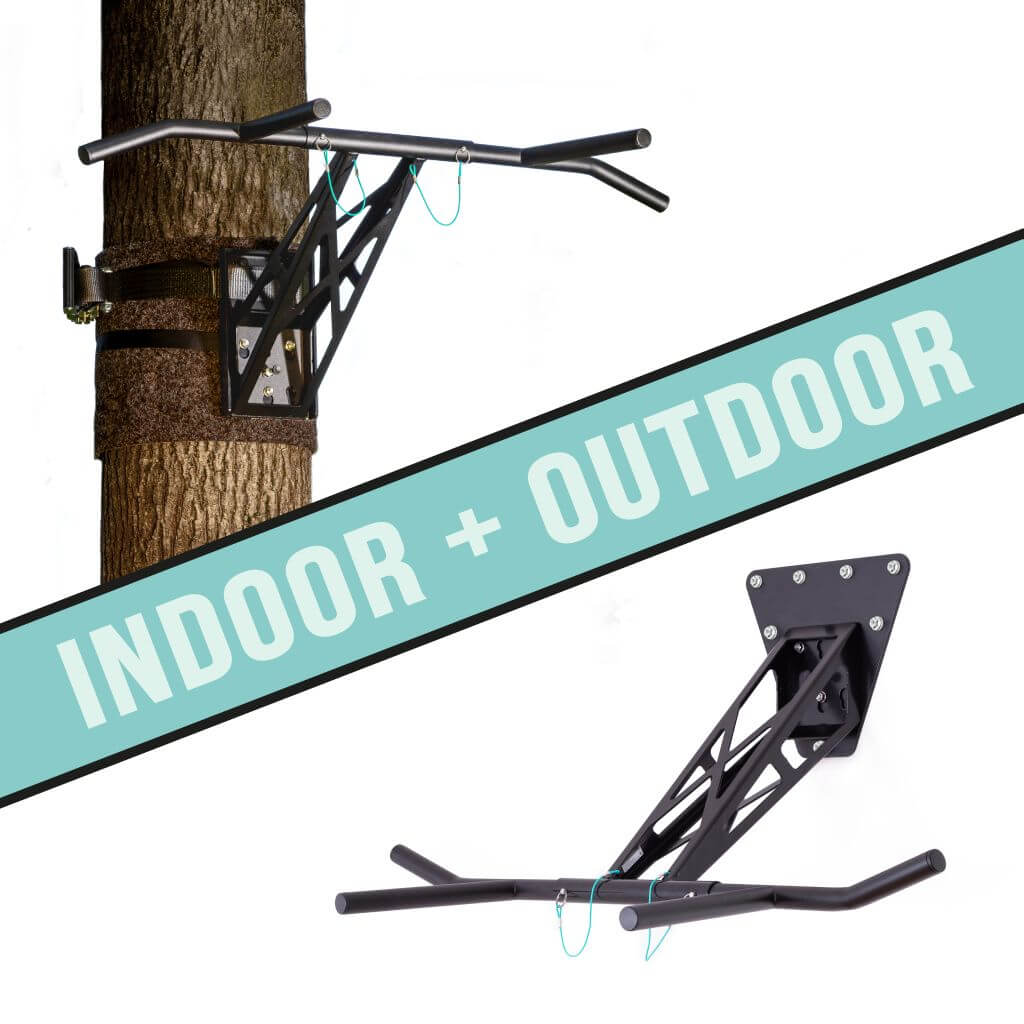
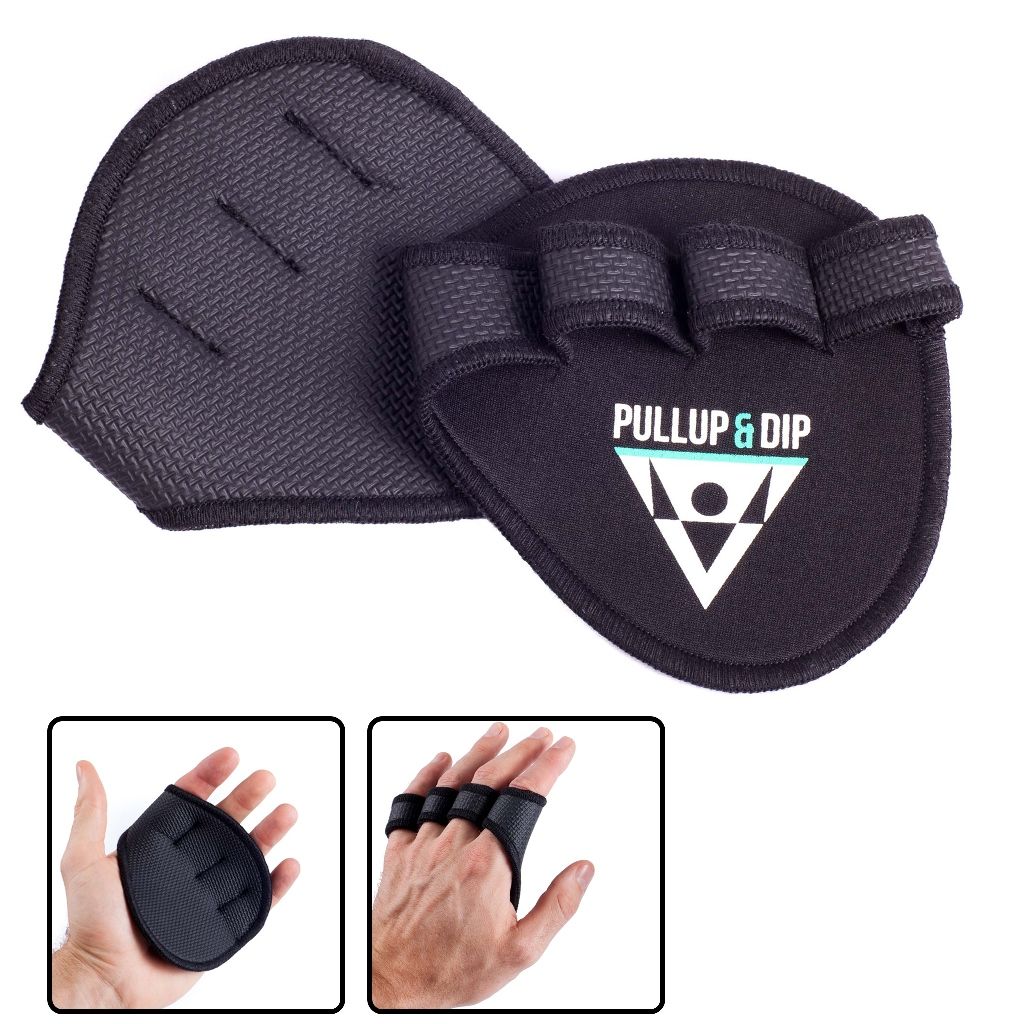
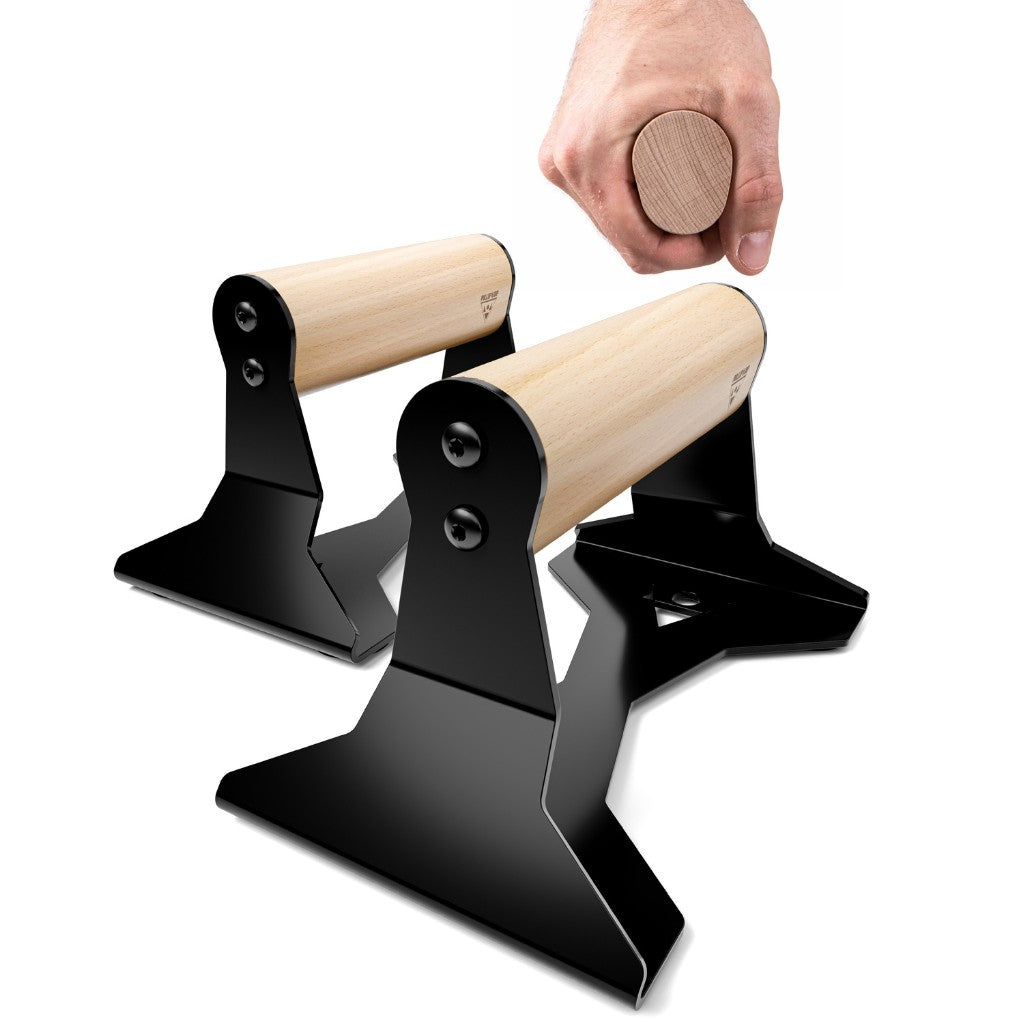
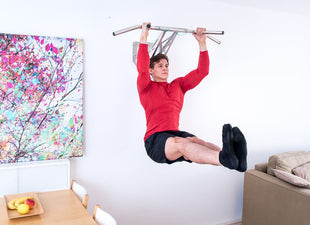
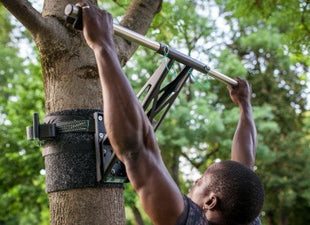

1 comment
William
I’m 70.im 15st.been active all life.still at gym.all exercises are no bother…bar pull ups and chins….I do moves around that to no avail….bar dips,press ups,deadlift.tbarrows,bent over rows,reverse curls…..I still only able do 3chins 2 pull ups…15sec dead hangs……whys this
I’m 70.im 15st.been active all life.still at gym.all exercises are no bother…bar pull ups and chins….I do moves around that to no avail….bar dips,press ups,deadlift.tbarrows,bent over rows,reverse curls…..I still only able do 3chins 2 pull ups…15sec dead hangs……whys this
Leave a comment
All comments are moderated before being published.
This site is protected by hCaptcha and the hCaptcha Privacy Policy and Terms of Service apply.